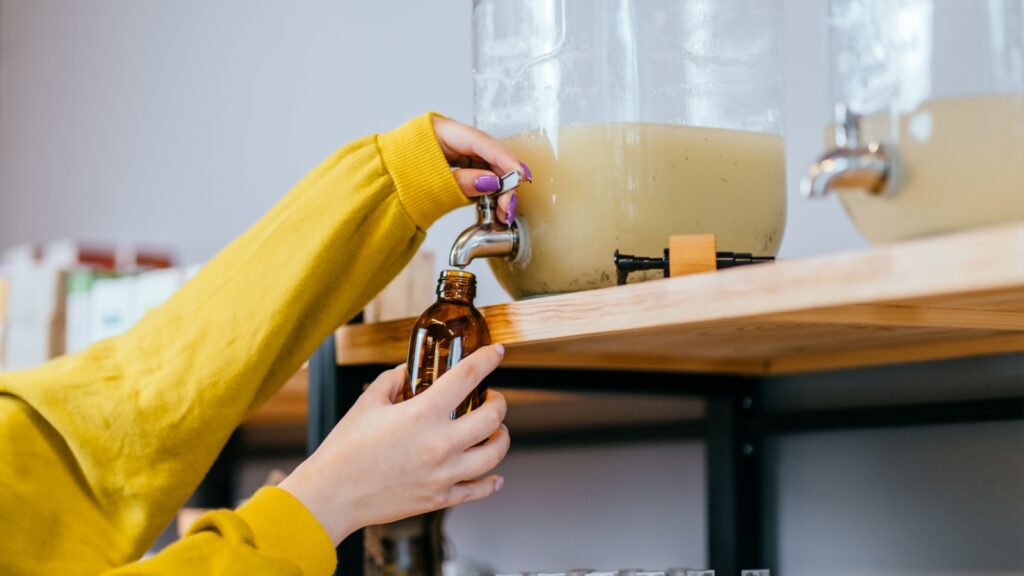Canada may not shout about it, but from coast to coast, communities, companies, and innovators are quietly redefining what it means to tackle waste. Whether it is upcycling ocean plastic into products or revolutionizing how cities manage food scraps, Canadians are stepping up with creative, scalable solutions that other nations are starting to notice. Here are 21 ways Canada is winning the war on waste:
Vancouver’s Ban on Single-Use Plastics
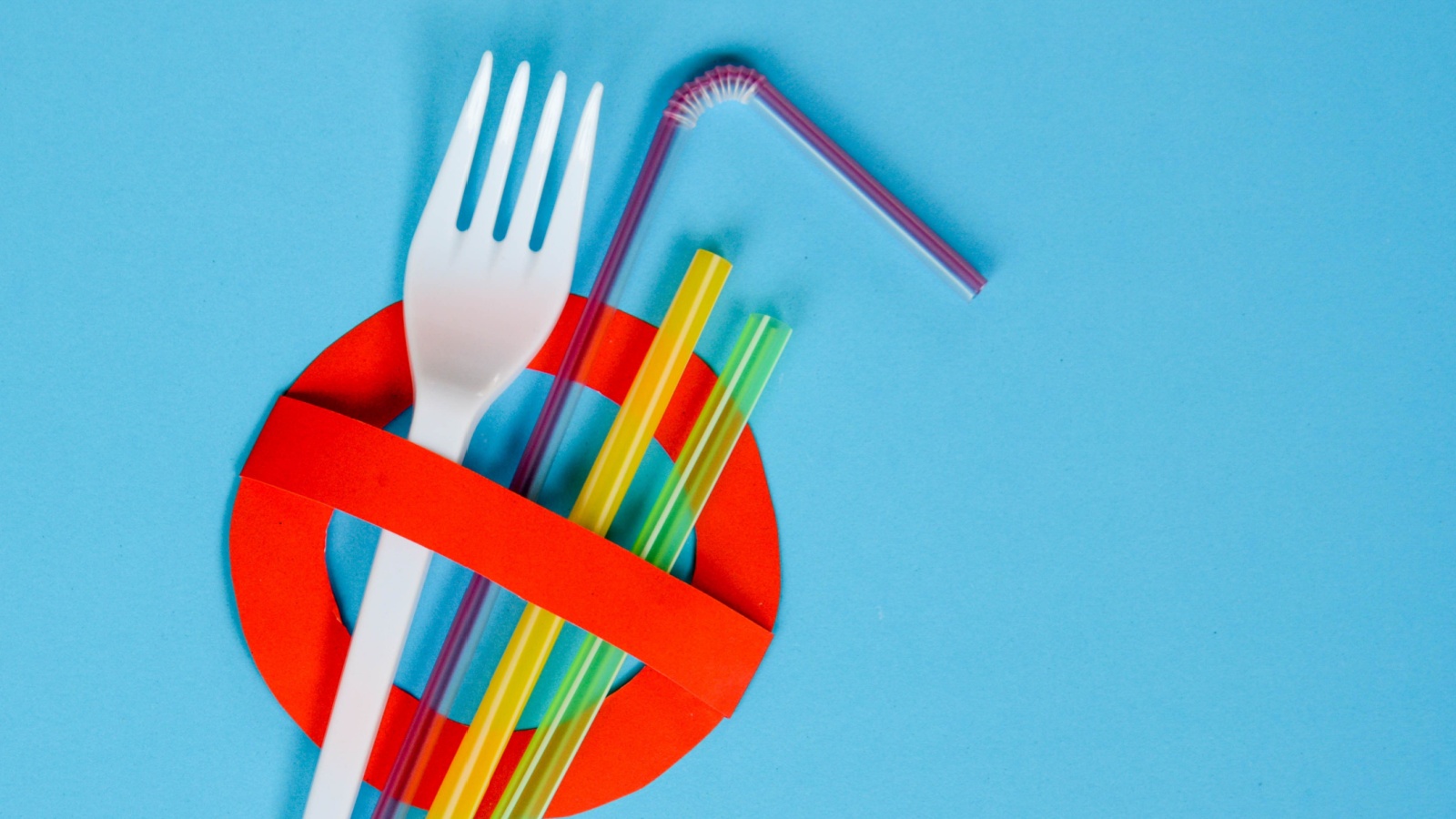
Long before federal bans came into effect, Vancouver took a bold stance against single-use plastics. The city’s phased approach, targeting straws, utensils, plastic bags, and foam containers, helped shift public habits and forced businesses to rethink packaging. This helped to ban items, but it also played a role in creating systems to support the change, including incentives for reusable alternatives. Other cities across North America have since followed suit, often citing Vancouver’s model. The success demonstrates how local governments can drive significant cultural shifts by combining strong policy with public education.
Loop Mission’s Cold-Pressed Revolution

Montreal-based Loop Mission has turned “ugly” produce into a national sustainability story. By rescuing perfectly good fruits and vegetables rejected by supermarkets, Loop creates cold-pressed juices, smoothies, soaps, and even beer. Every bottle sold means less organic waste heading to landfills, and more awareness around how much food we discard for superficial reasons. In addition to diverting millions of pounds of produce, Loop partners with other manufacturers to use byproducts creatively, creating a truly circular economy model.
Halifax’s Mandatory Composting Program
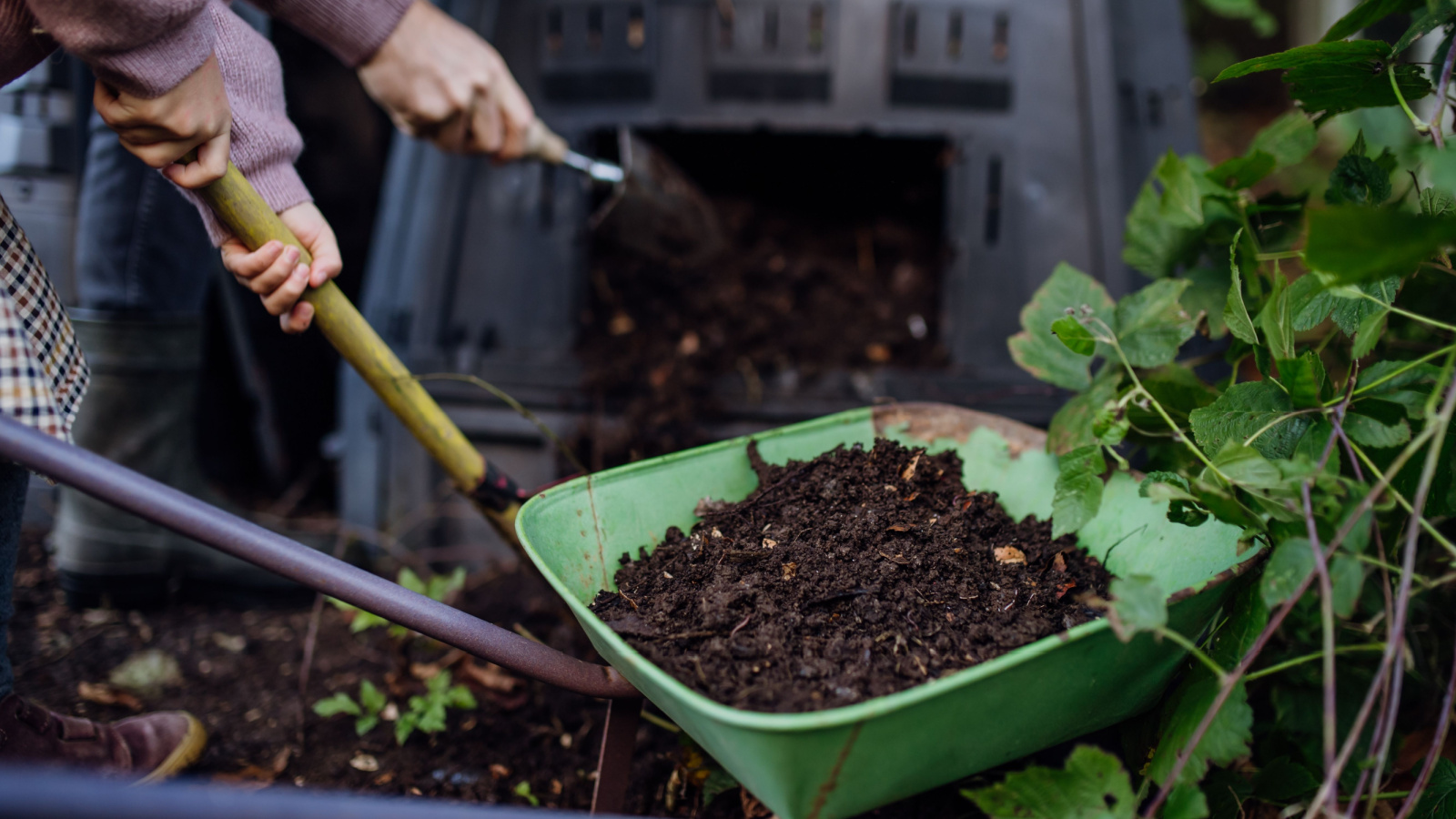
Halifax quietly became a composting pioneer back in 1998 when it launched one of North America’s first mandatory green bin programs. Today, the city diverts over 60% of its waste away from landfills, thanks in large part to a population that has grown used to separating organics as second nature. The program has reduced methane emissions, extended landfill life, and inspired other municipalities to implement similar systems. Halifax proves that sustained education, infrastructure investment, and policy enforcement can lead to long-term cultural change around waste.
Nada Grocery’s Zero-Waste Supermarket
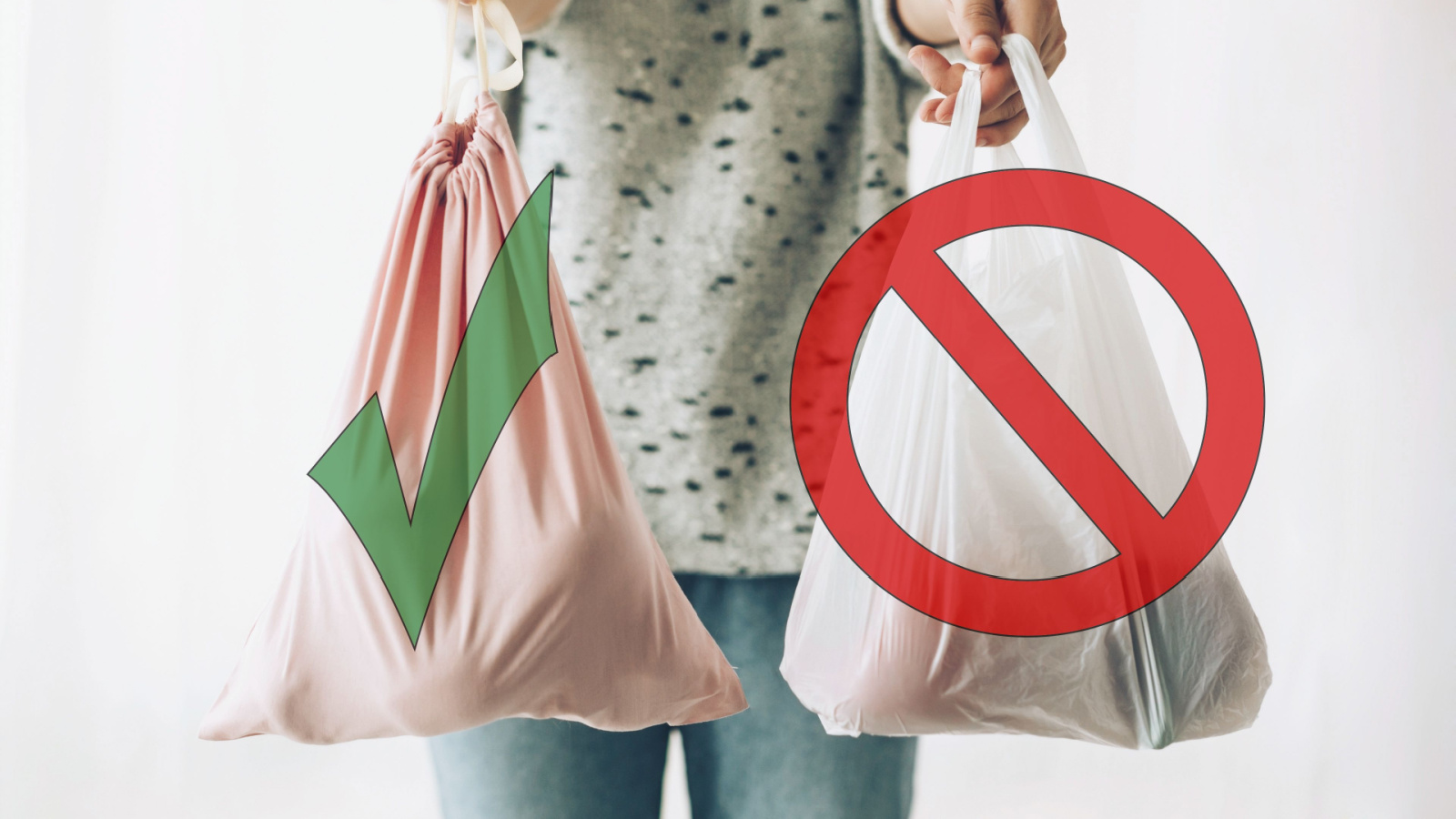
In the heart of Vancouver, Nada Grocery offers a radically simple idea of exploring shopping that doesn’t involve any packaging waste at all. Customers bring their own containers, weigh them at checkout, and fill up on everything from lentils to shampoo. It’s a modern twist on the old general store, infused with strong environmental values and cutting-edge inventory tech. By eliminating single-use packaging entirely, Nada not only reduces waste but also challenges the idea that convenience requires compromise. As the zero-waste movement grows worldwide, Nada is proving that Canadian retail can lead by example with community support and smart systems.
Canada’s National Zero Plastic Waste Strategy
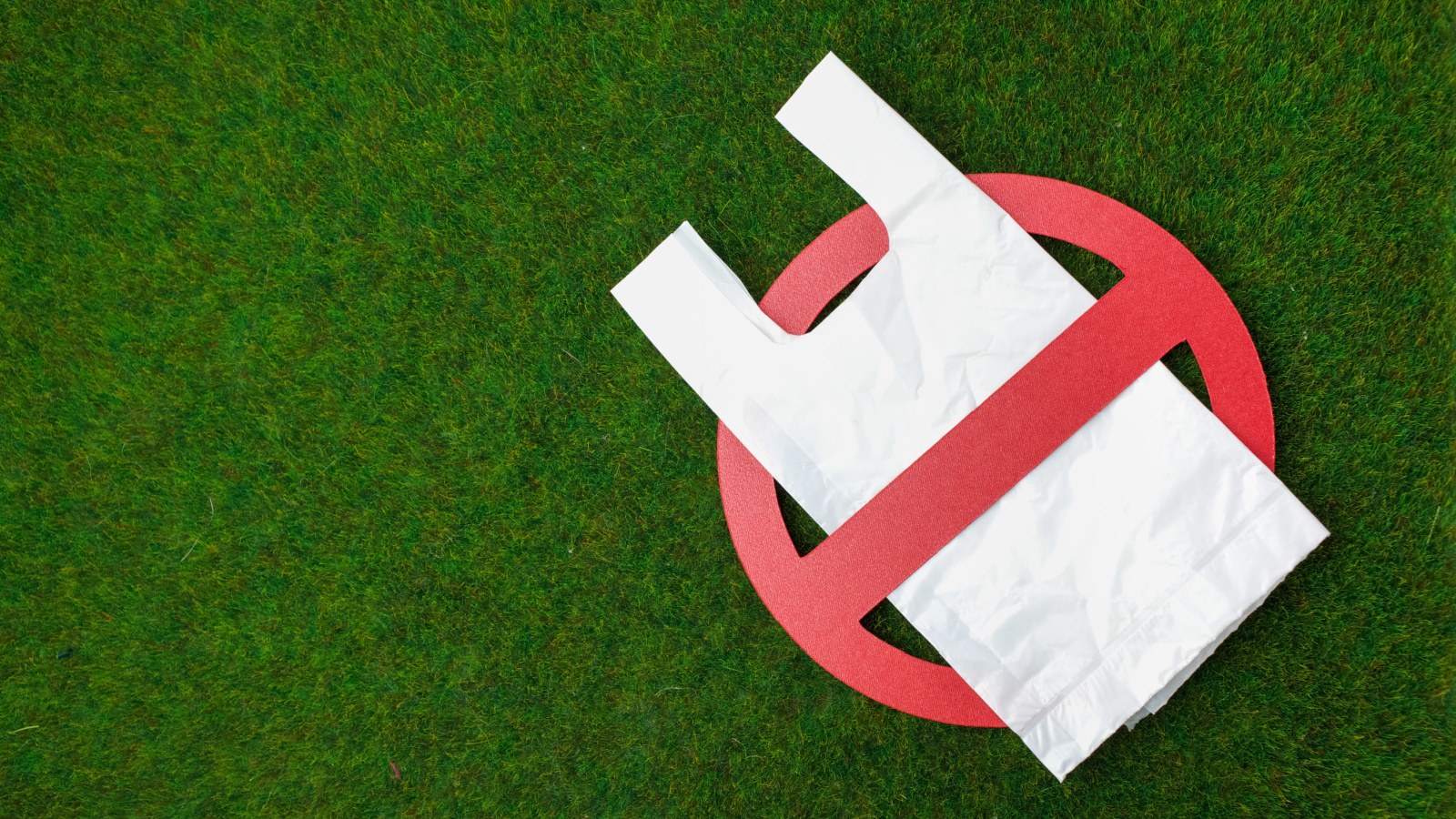
Unlike piecemeal efforts seen in other countries, Canada launched a full-fledged Zero Plastic Waste Strategy in 2018, setting an ambitious goal of eliminating plastic waste by 2030. The strategy includes producer responsibility laws, national bans on certain single-use items, and support for innovation in recycling and materials science. It’s a comprehensive approach designed to tackle waste upstream and downstream, with all levels of government involved. Already, it has accelerated investment in compostable alternatives, refillable systems, and advanced recycling.
Cleanfarms’ Agricultural Recycling Programs
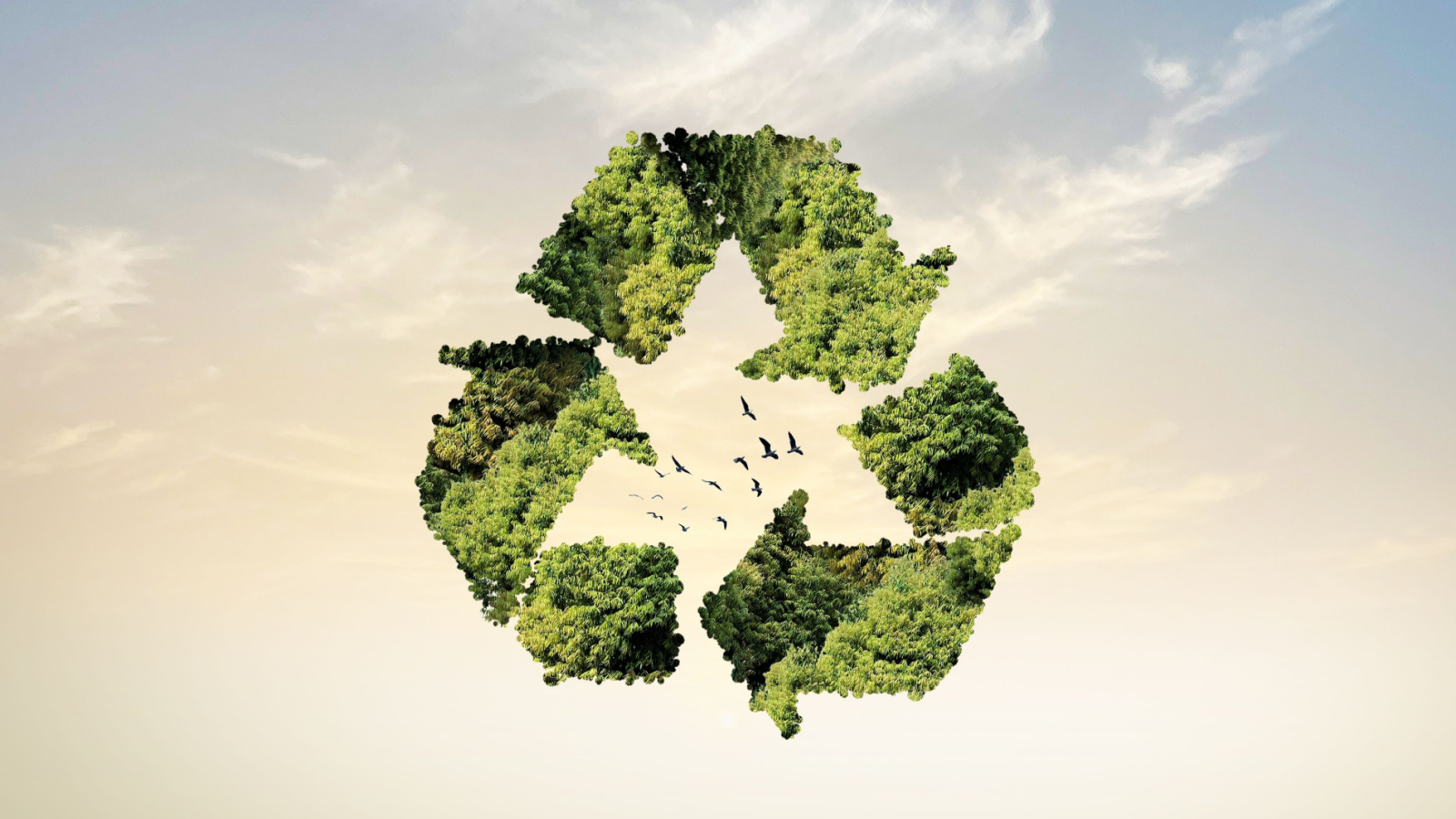
Farm waste rarely makes headlines, but Cleanfarms is quietly making a massive impact across rural Canada. This industry-led nonprofit recovers pesticide containers, seed bags, grain bags, and more, diverting millions of kilograms of plastic from landfills and burn piles. It operates in every province, offering collection sites and on-farm pickup options. By focusing on agricultural materials often overlooked in mainstream recycling efforts, Cleanfarms ensures that rural communities play a central role in Canada’s sustainability journey. Its success proves that waste solutions don’t have to be urban to be innovative, and that farmers are key partners in the circular economy.
Toronto’s Textile Recycling Pilots
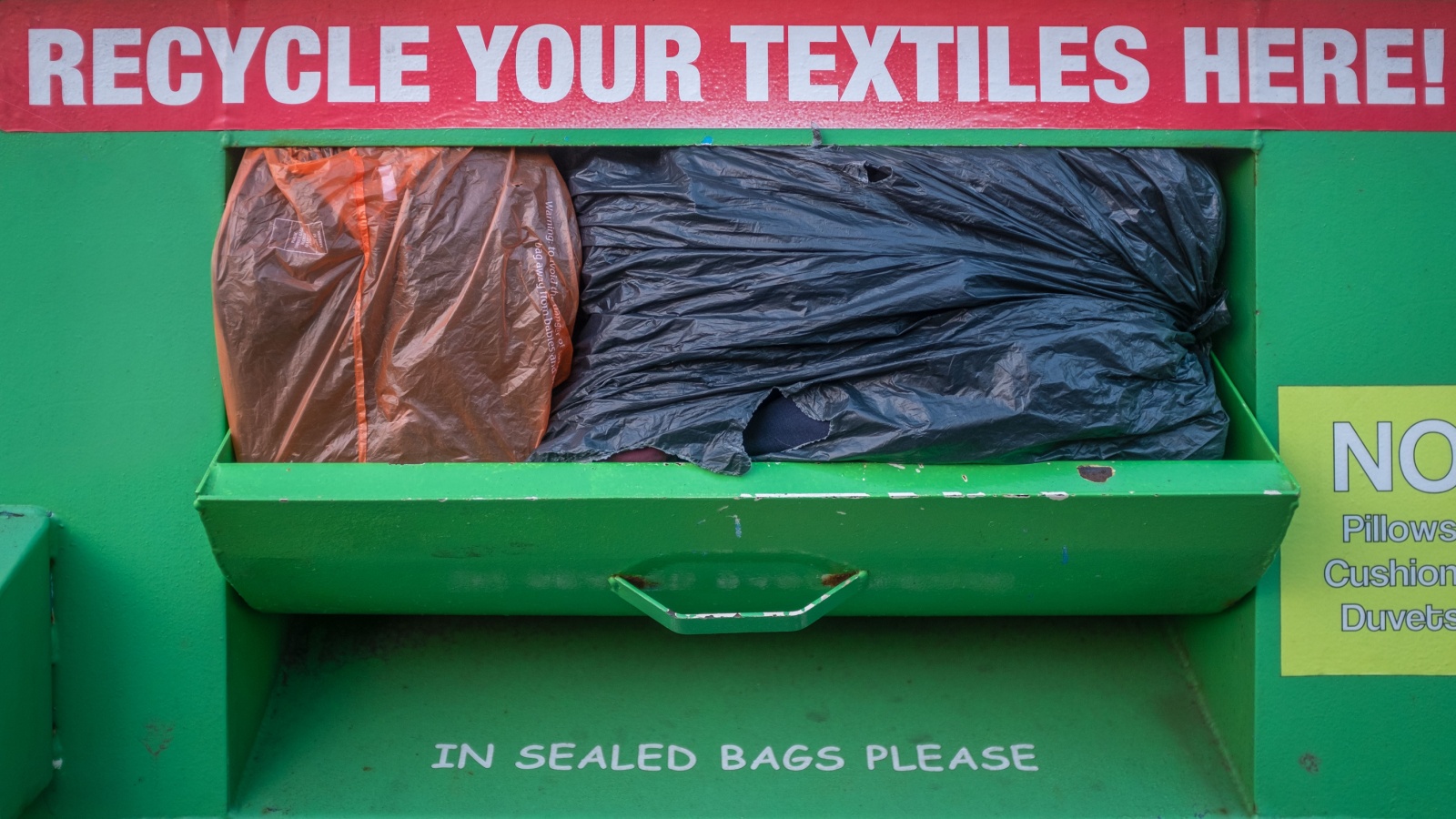
Textile waste is one of the fastest-growing waste streams globally, and Toronto has started tackling it head-on. The city’s pilot programs allow residents to drop off unwanted clothing and linens at designated depots or events, keeping tons of fabric out of landfills. These items are sorted, reused, or recycled into insulation and industrial materials. By recognizing that fashion waste needs infrastructure, not just good intentions, Toronto is setting a precedent that many North American cities haven’t yet matched. It’s an early but important step in addressing fast fashion’s hidden footprint through policy, partnerships, and public participation.
Carbon Upcycling Technologies’ Concrete Breakthrough

This Calgary startup is turning carbon emissions and industrial waste into stronger, cleaner concrete. Carbon Upcycling Technologies captures CO₂ from industrial sources and embeds it into cement and construction materials, reducing both emissions and waste. The process also utilizes fly ash and other byproducts that would otherwise be discarded, creating a low-carbon concrete that is already being used in Canadian infrastructure projects. The company is gaining international attention for scaling climate-positive materials. It offers a rare win-win situation where waste reduction and emissions cuts are built into the very foundations of Canada’s future buildings.
Quebec’s Beverage Container Deposit Expansion
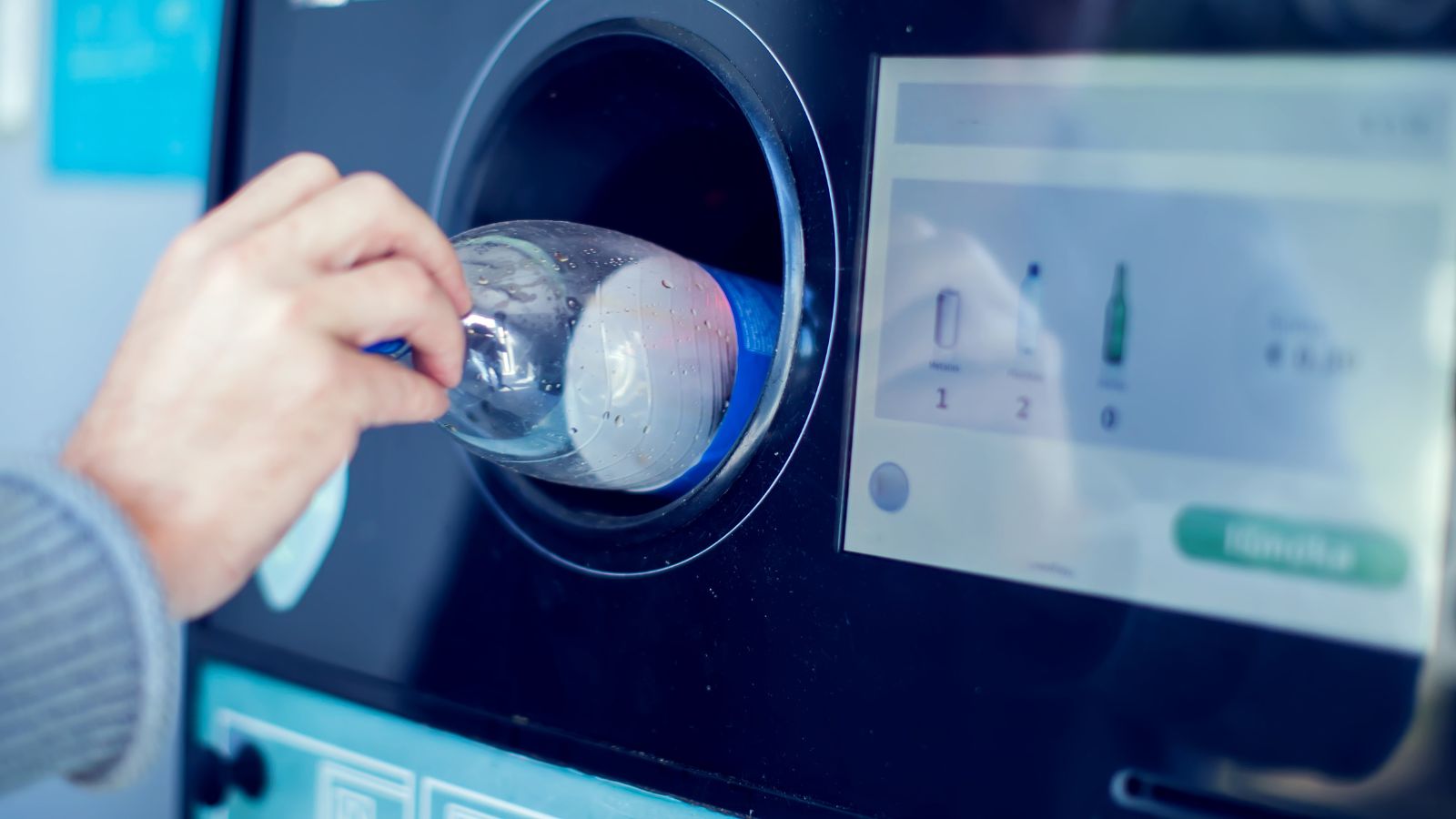
Quebec is taking bottle deposits to the next level with its province-wide expansion of the consignment system. By 2025, nearly all beverage containers, like plastic, glass, and aluminum, will carry a deposit fee, incentivizing consumers to return them for reuse or recycling. The program is projected to raise return rates to over 90%, keeping millions of containers out of landfills and waterways. Unlike traditional recycling systems, this model ensures high-quality material recovery and lowers contamination rates.
The Ocean Legacy Foundation’s Marine Plastic Solutions
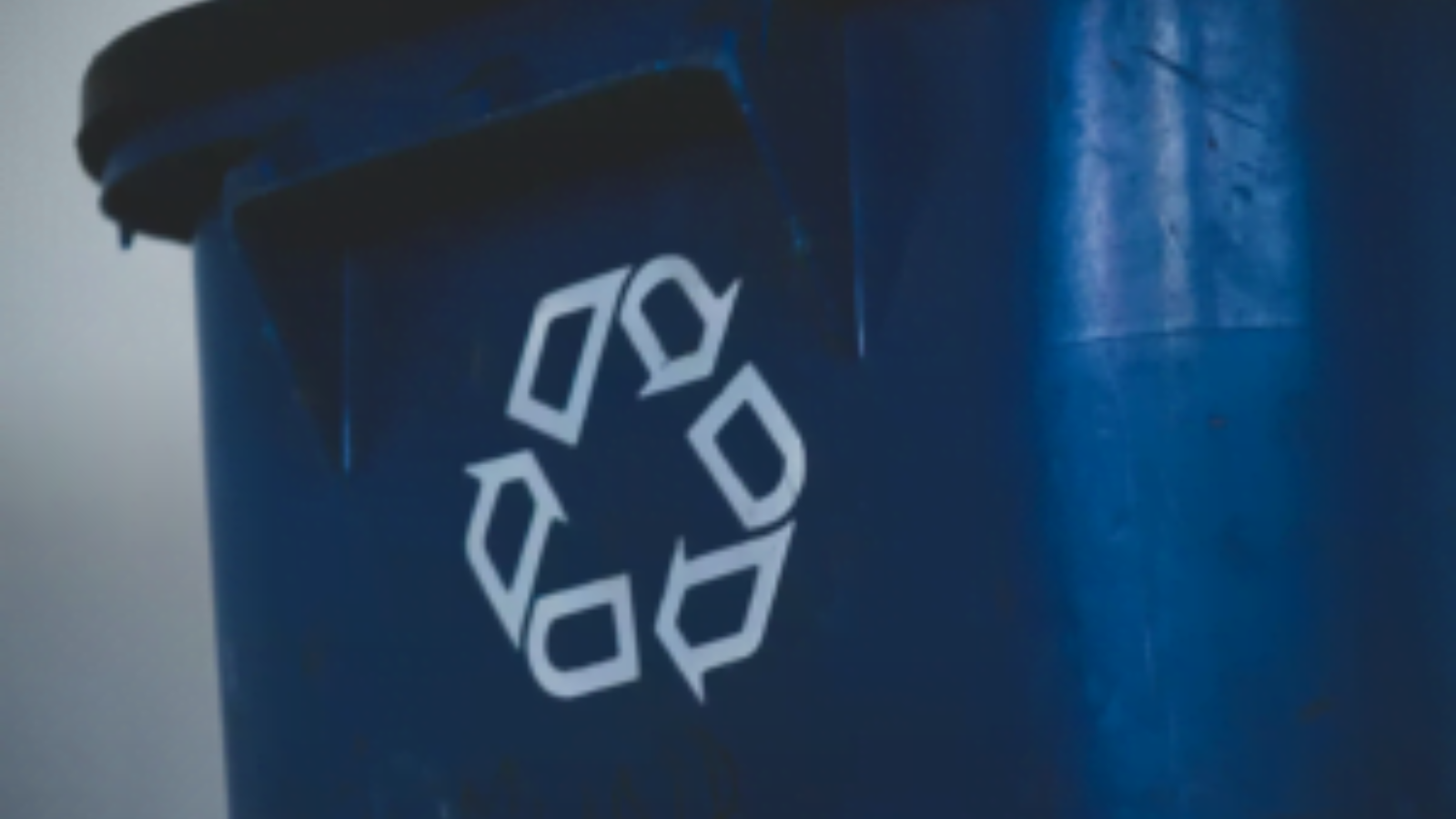
Based in British Columbia, Ocean Legacy Foundation is one of the few organizations globally turning marine plastic waste into usable products. The foundation collects debris from shorelines and oceans, processes it into plastic pellets, and supplies it to manufacturers creating new goods, from durable park benches to packaging. More importantly, it empowers local communities to run their own cleanup and processing operations, especially in remote coastal areas. With thousands of volunteers and partnerships with global brands, Ocean Legacy is transforming the conversation around ocean waste.
Edmonton’s Waste-to-Biofuel Facility
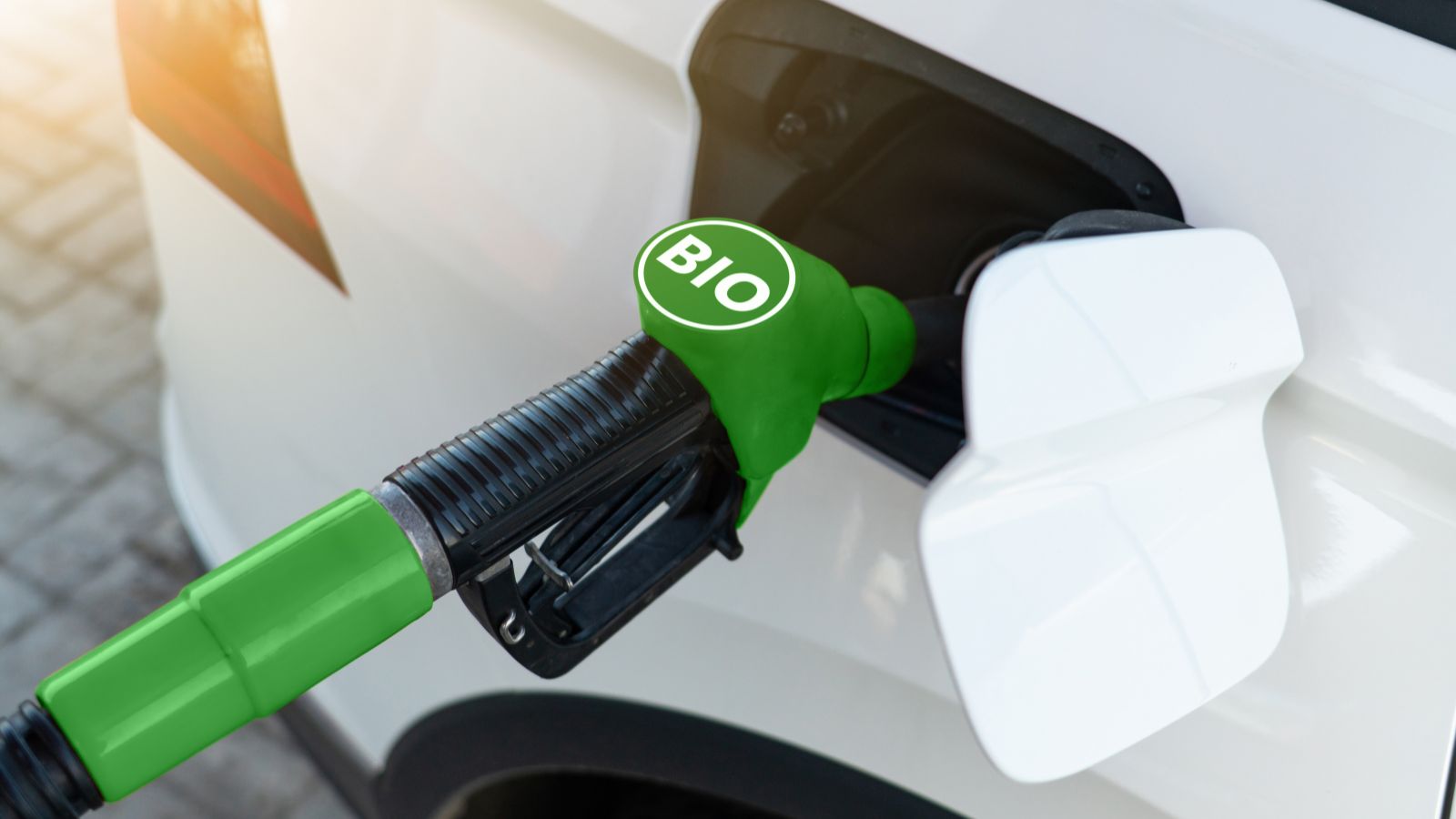
Edmonton is home to one of the world’s first waste-to-biofuel plants, operated by Enerkem. The facility converts non-recyclable municipal solid waste into methanol and ethanol, diverting over 100,000 tons of garbage annually from landfills. Instead of burning or burying trash, the city is transforming it into valuable, low-carbon fuels. This technology reduces greenhouse gas emissions and creates a scalable model for other cities grappling with urban waste, as it manages waste and redefines it as a resource. Edmonton’s bold investment shows how municipalities can lead in the transition to cleaner, smarter waste systems.
TerraCycle Canada’s Recycling Brigades
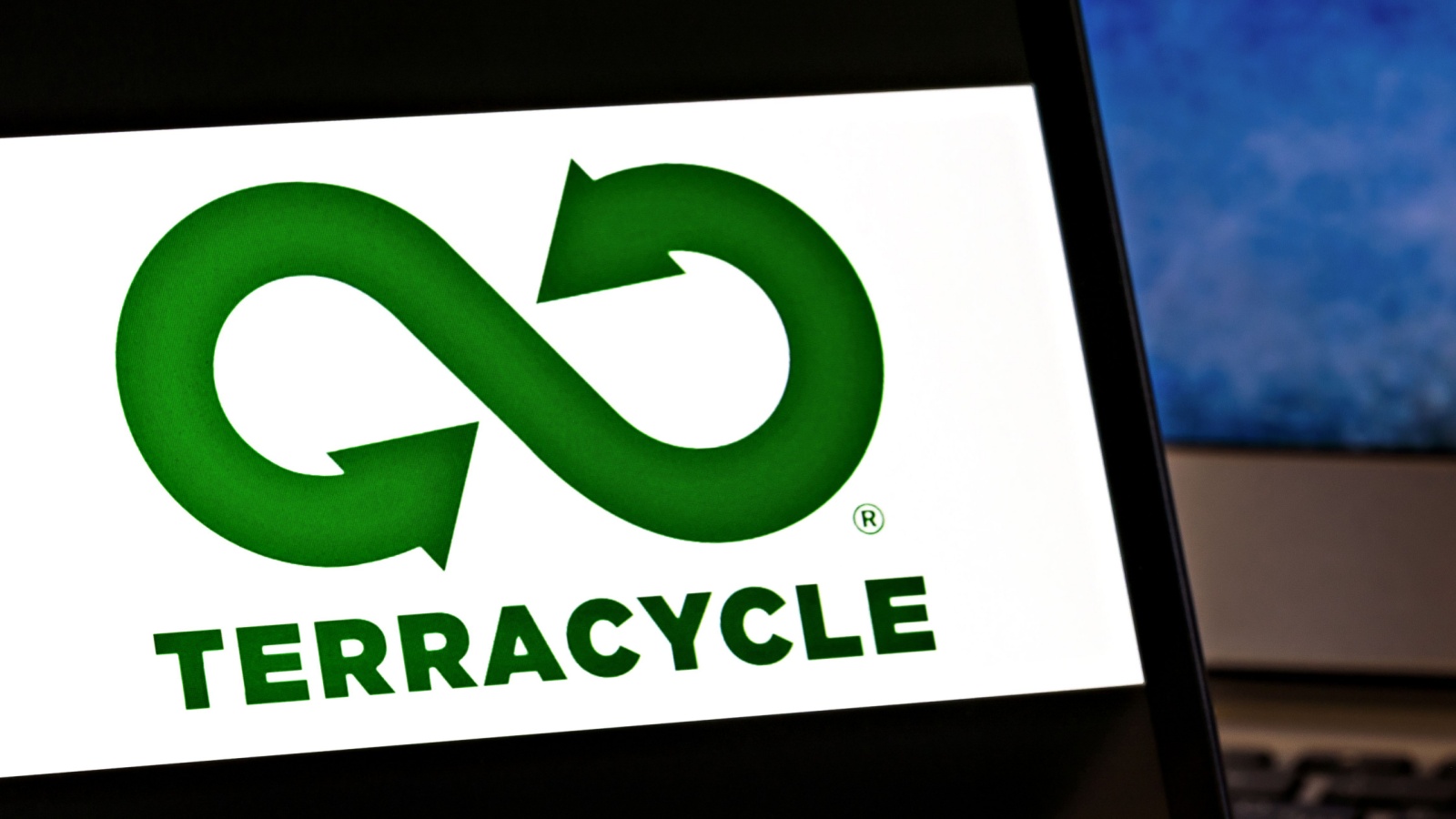
TerraCycle has taken recycling where traditional systems won’t go through toothpaste tubes, chip bags, and coffee pods. Through its free “Brigade” programs, Canadians can collect hard-to-recycle items and send them in for processing, earning points for schools and charities along the way. TerraCycle partners with major brands like Garnier, Nestlé, and BIC to make the system work, and although there are many critics, the initiative has diverted millions of items from landfills and raised awareness around extended producer responsibility.
Calgary’s Concrete Recycling Strategy
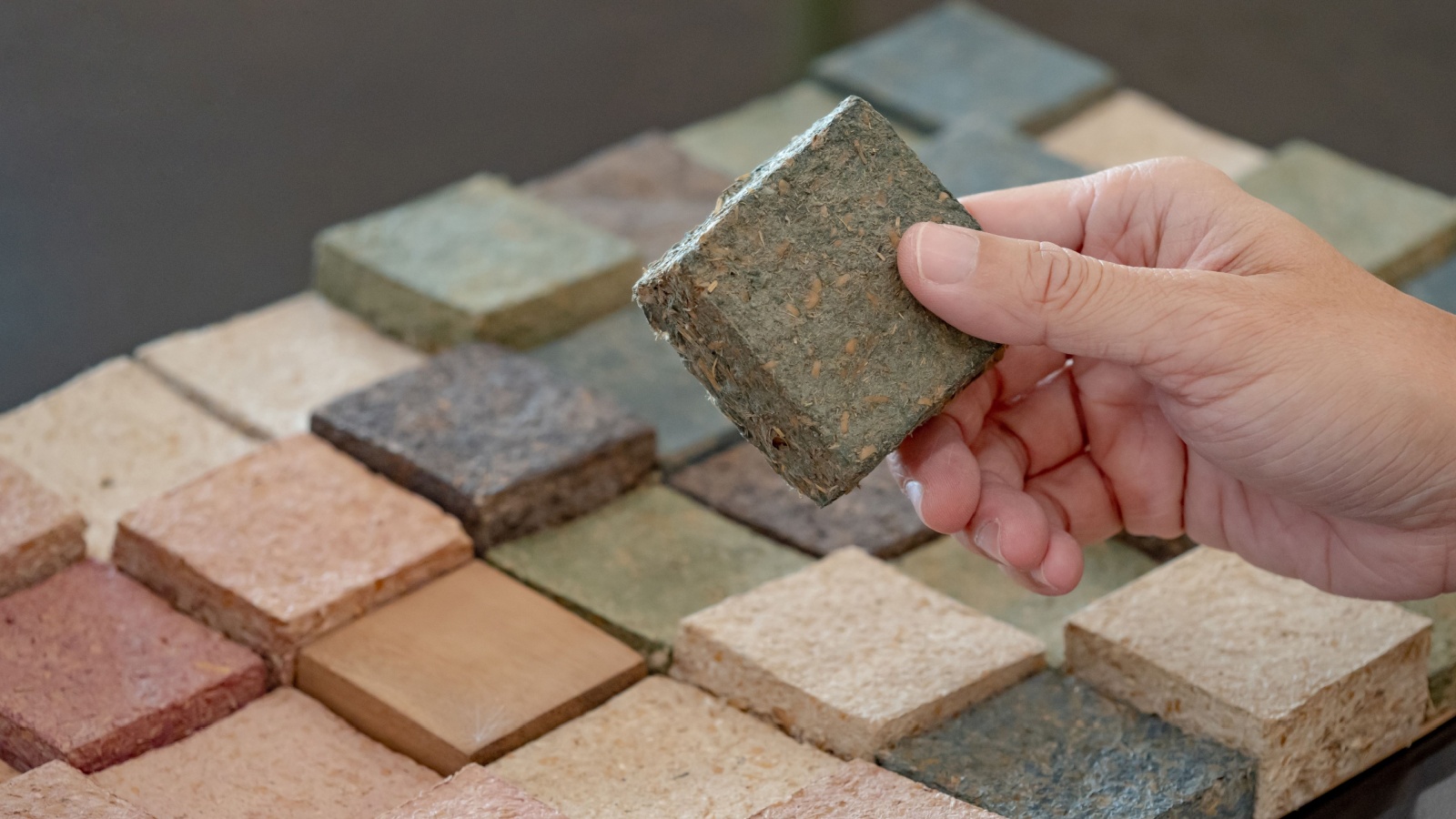
In construction-heavy Calgary, concrete waste could easily overwhelm landfills. Instead, the city has implemented a large-scale concrete recycling program that turns old sidewalks, roads, and foundations into base material for new infrastructure. The crushed concrete is reused in pathways, roadbeds, and stormwater projects, saving money and reducing the demand for virgin aggregate. This local loop not only cuts emissions from hauling and mining but also demonstrates how circular principles can apply even to heavy industry.
Canada’s Compostable Packaging Innovations
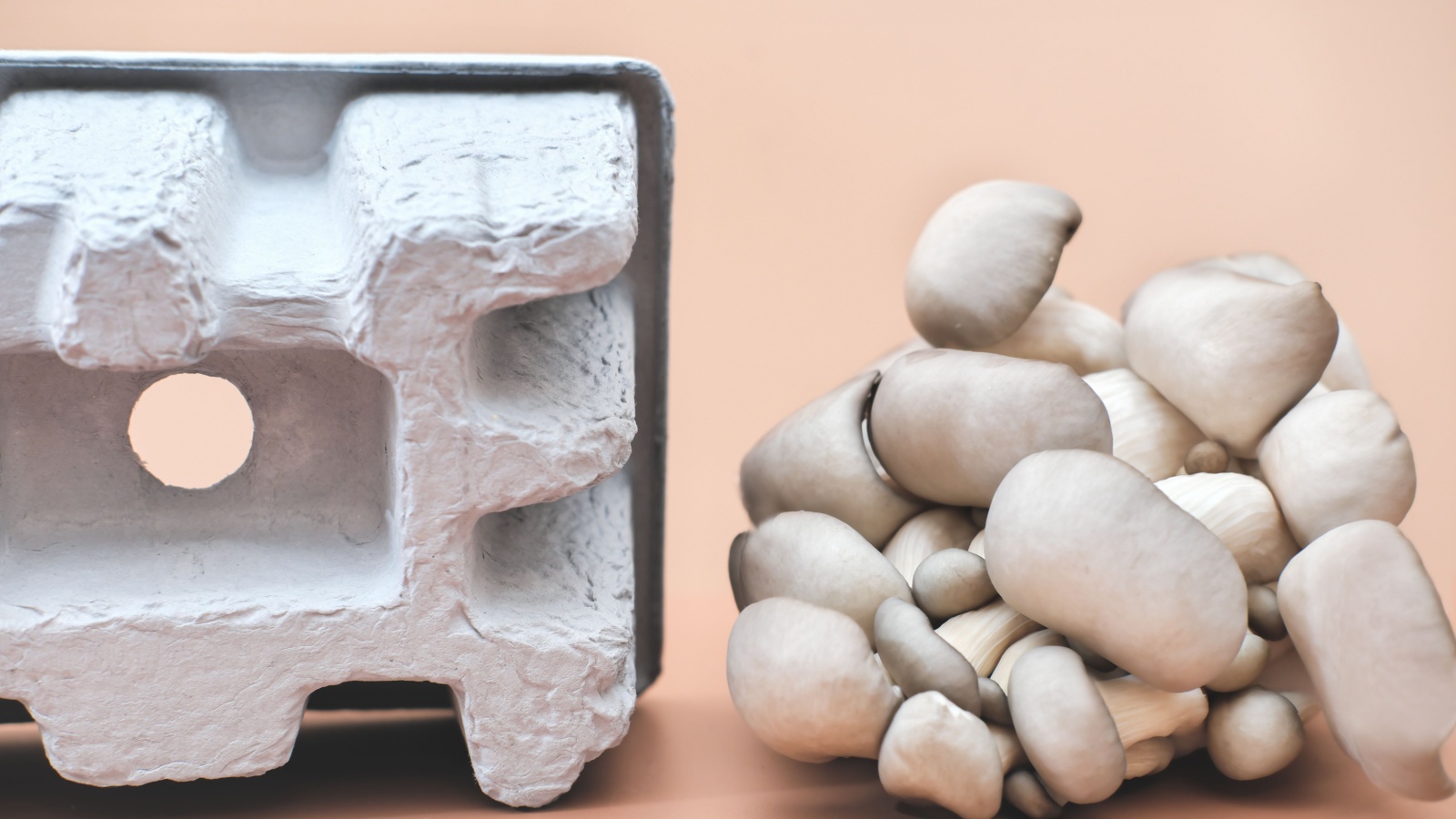
Canadian packaging companies are making big strides in compostable solutions, from bioplastics made from corn and potato starch to compostable coffee pods and snack wrappers. Brands like Club Coffee and Naturpac are developing certified compostable options that break down in municipal systems, not just backyard bins. These innovations help bridge the gap between convenience and sustainability, offering alternatives to traditional plastics that align with Canada’s broader waste goals.
The Refillery’s Reusable Container Movement
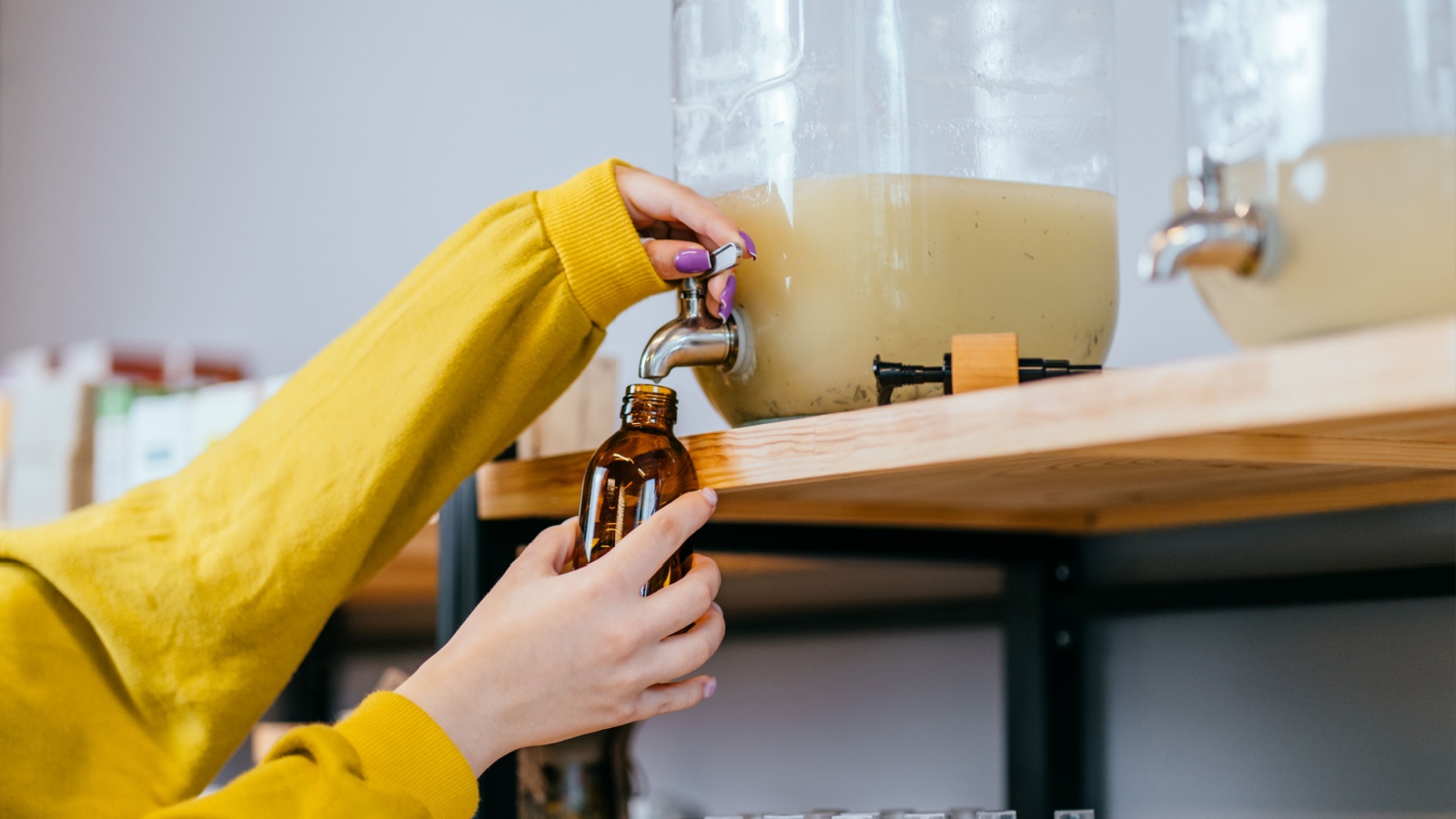
This Toronto-based shop is challenging the throwaway culture by bringing back the refill model, with a sleek, modern twist. The Refillery lets customers fill reusable containers with everything from dish soap to shampoo, drastically cutting down on packaging waste. The store sources sustainable products from Canadian makers and offers doorstep delivery in returnable jars. It is one of several zero-waste retailers gaining traction in urban centers across Canada, proving that waste-free living doesn’t have to feel like a sacrifice, but can become stylish, convenient, and surprisingly mainstream.
Vancouver’s Textile ReMake Places
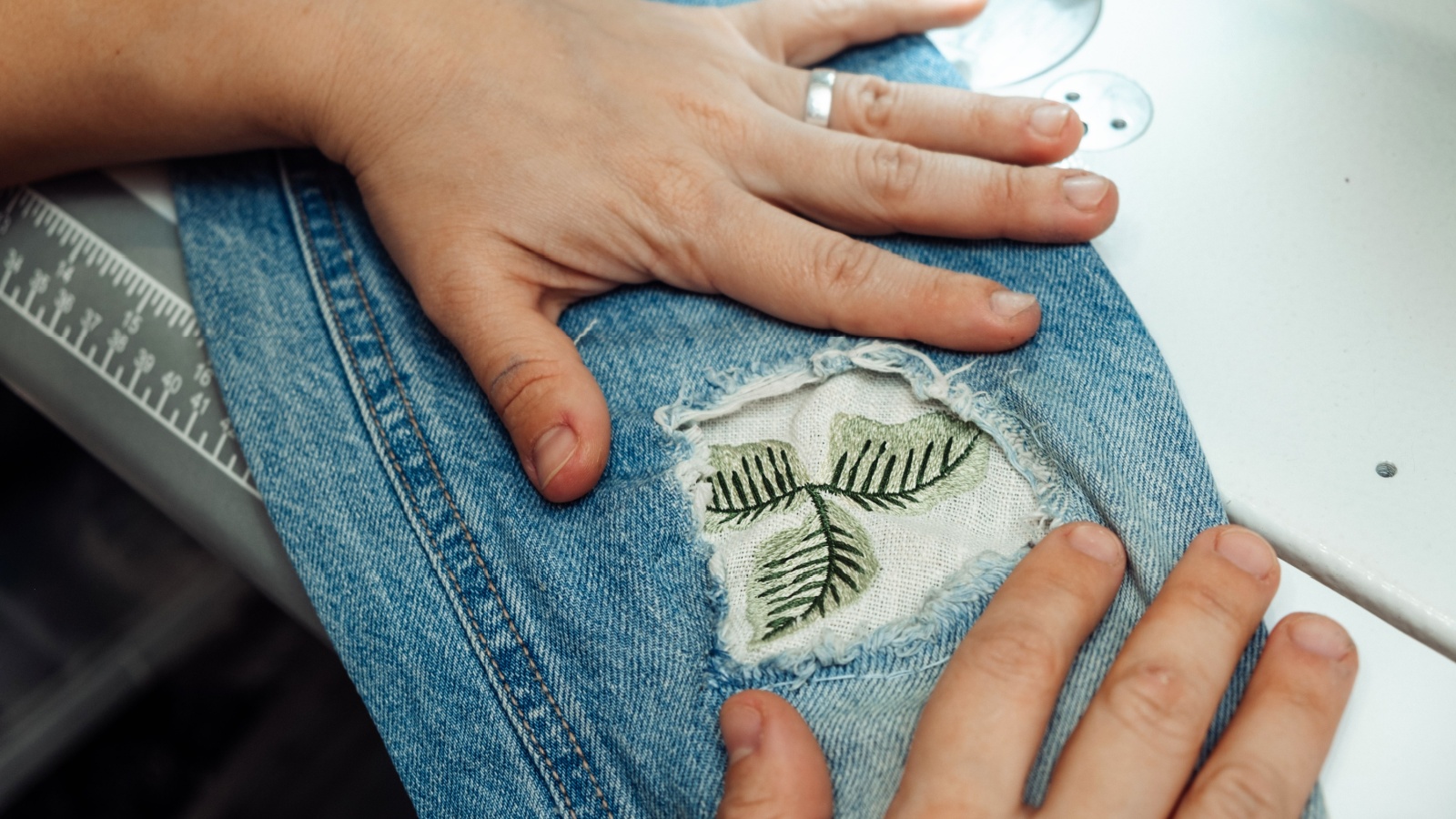
At Textile ReMake in Vancouver, old clothes don’t become landfill fodder, they become new designs. This community-based workshop transforms donated garments into fresh fashion and household items. Volunteers and local artisans cut, repurpose, and redesign fabrics, embedding upcycling into local culture. ReMake also holds repair workshops and clothing swaps to reduce fashion waste, and across Canada, similar community sewing circles and mending cafés are now thriving.
Circular Food Rescue Systems
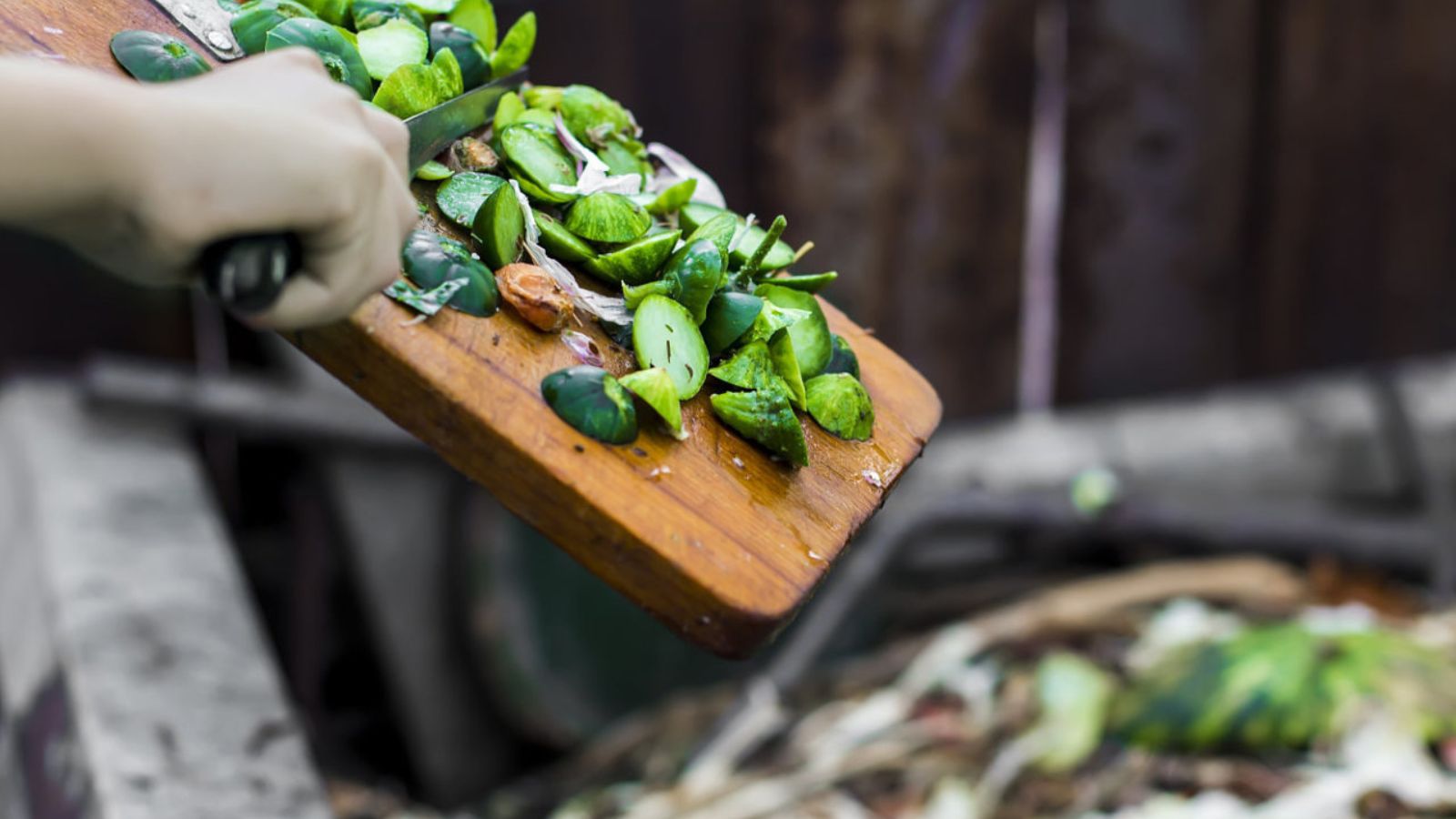
Canada is quietly building full-circle systems to address food waste, from grocery stores to compost. Organizations like Second Harvest and Food Banks Canada rescue millions of meals annually, while cities like Vancouver collect food scraps to feed livestock or process into biogas. New tech platforms help restaurants and retailers divert unsold produce before it spoils, creating an orchestration of donation, distribution, and recovery that shows how urban and rural systems can reduce waste and simultaneously feed communities.
Electric School Buses Making the Grade

Several Canadian school districts have transitioned to electric school buses, reducing diesel emissions and preventing oil-related waste. Cities like Toronto and Vancouver operate EV bus pilot programs funded through clean transportation grants. These buses not only cut fuel and maintenance costs, but, at the end of their lives, their batteries are more recyclable and usable within Canada’s EV ecosystem. With blueprints being shared internationally, Canada’s early adoption showcases how transportation waste can be cut at both tailpipe and lifecycle levels.
Recycle BC’s Expanded E-Waste Collection

Recycle BC has established one of the most comprehensive electronics recycling systems globally, including depots, curbside drop-offs, and shipping programs for hazardous e-waste. They collect and responsibly process items like chargers, PCs, and displays that previously ended up in landfills or shipped overseas. Recycling electronics prevents soil and water contamination while preserving valuable metals. Their lessons are being studied by other provinces and countries grappling with fast-growing digital waste, through a model that proves that even complex, toxic waste streams can be systemically managed through producer responsibility and user‑friendly infrastructure.
Alberta’s Pilot on Plastic Film Monomers
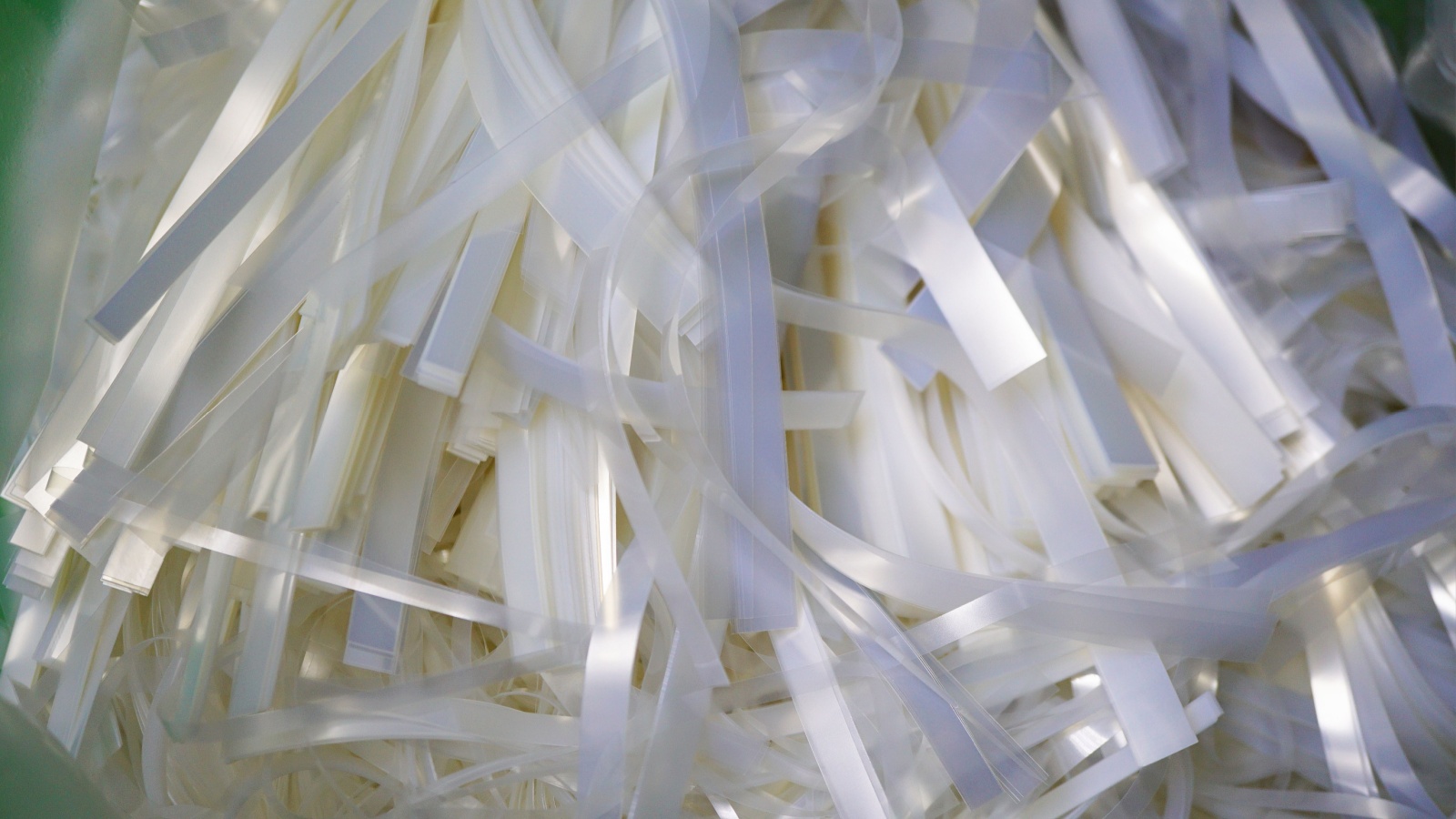
Alberta’s corn and potato processing sectors once saw plastic film waste as just another byproduct. Today, the province’s plastic-to-monomer pilot captures and reprocesses this low-value waste into high-quality plastics. This circular manufacturing innovation turns what was landfill-bound into feedstock for new packaging or industrial use. As global brands scramble to prove recycling credibility, Canada’s pilot demonstrates how combining agritech and circular materials can redefine packaging economics. If scaled, this could transform not just how Canada handles processing waste, but how global supply chains close loops.
Innovators Pioneering On-Pack Recycling Codes
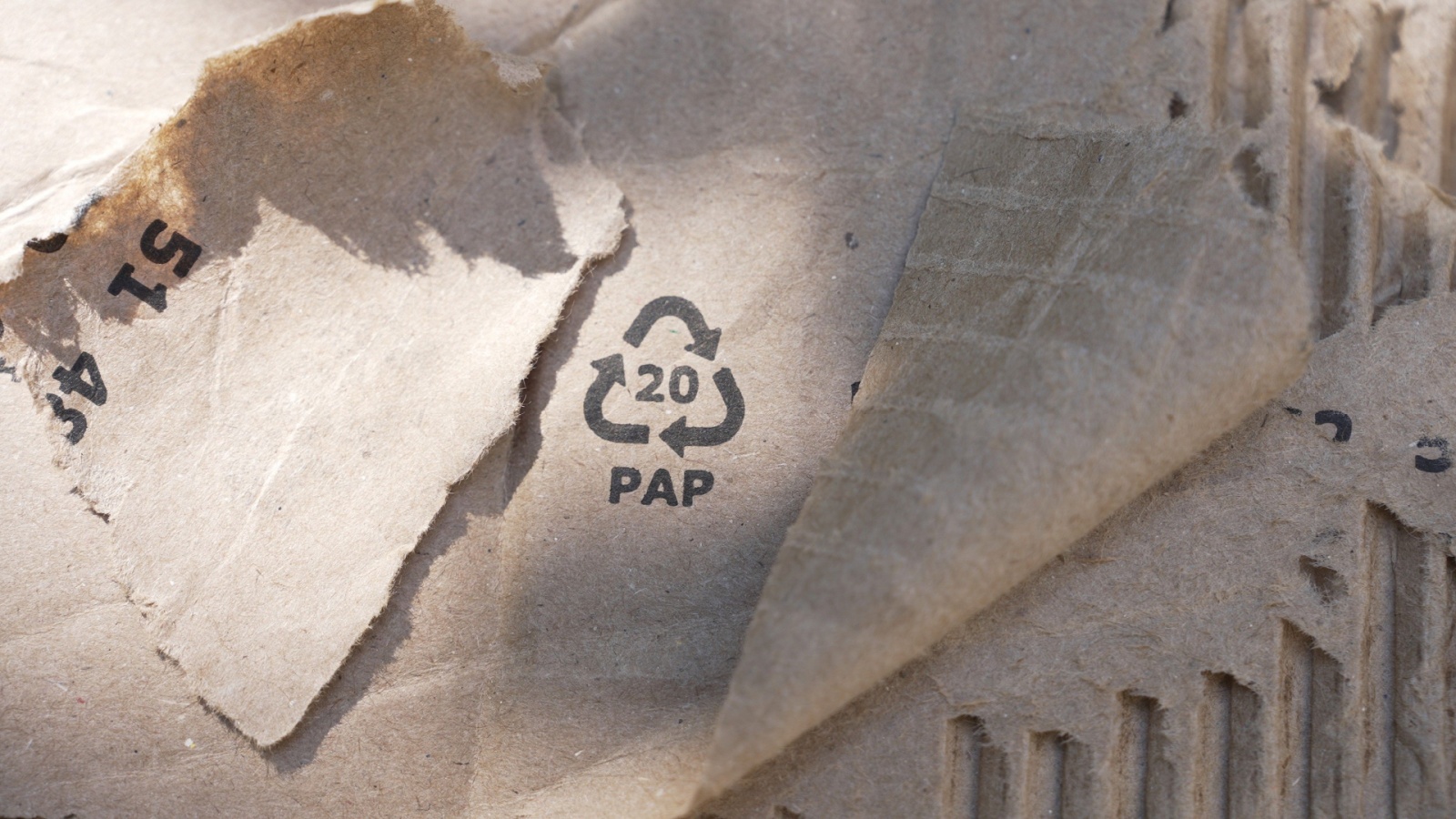
Canadian startups like Resketch and Green Mantra are developing labels and packaging that include advanced recycling codes scannable by consumer apps. These codes help sort recyclables accurately, reduce contamination, and reward educated recycling behavior. When matched with local recycling maps, they help Canadians know where and how to dispose of items correctly. Pilot programs in grocery chains show clear reductions in sorter errors and contamination levels. By empowering users with data, Canada is turning recycling into a refined practice with less guesswork, more circularity, and smarter waste management in the palm of your hand.
21 Products Canadians Should Stockpile Before Tariffs Hit

If trade tensions escalate between Canada and the U.S., everyday essentials can suddenly disappear or skyrocket in price. Products like pantry basics and tech must-haves that depend on are deeply tied to cross-border supply chains and are likely to face various kinds of disruptions
21 Products Canadians Should Stockpile Before Tariffs Hit
